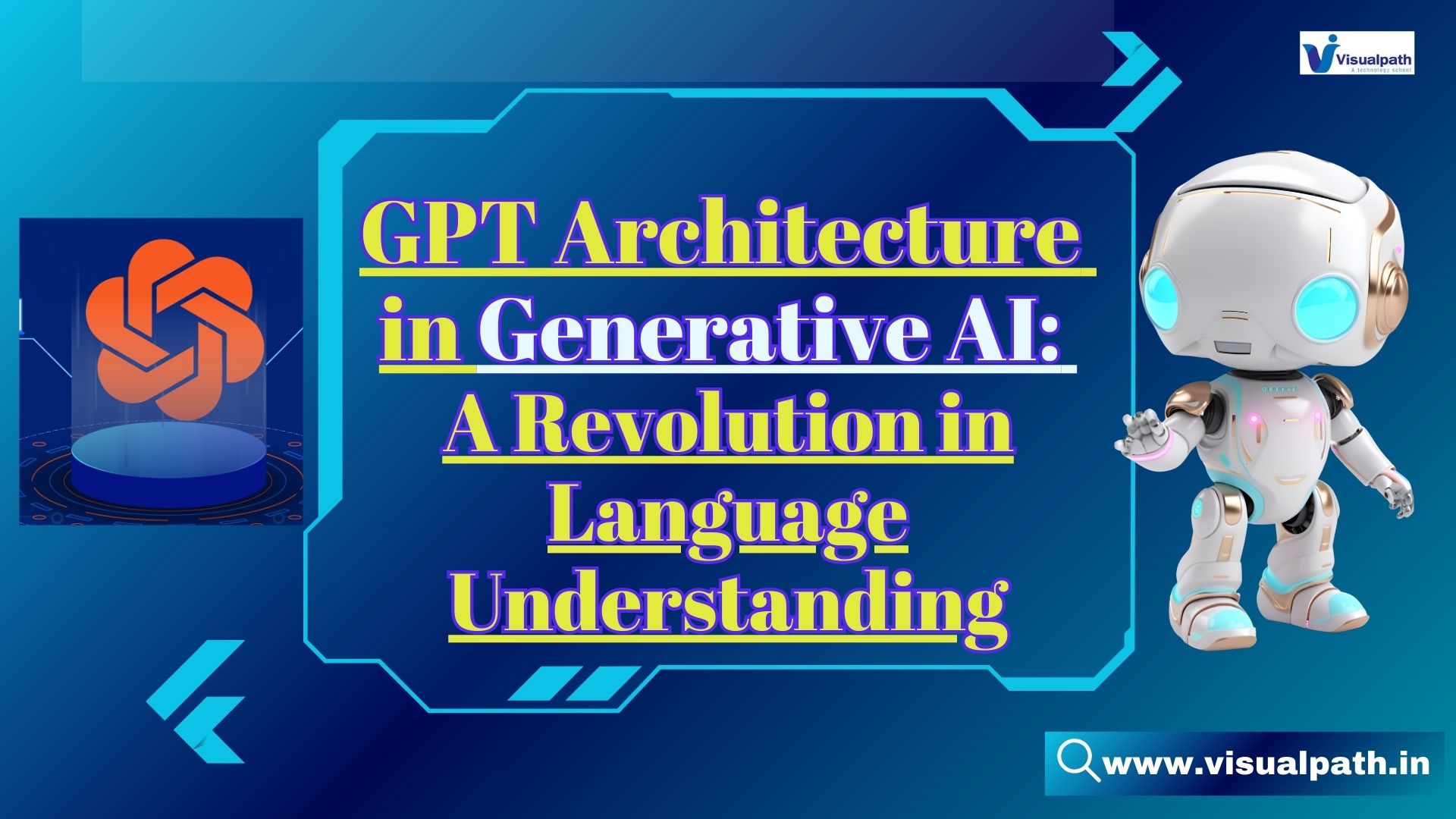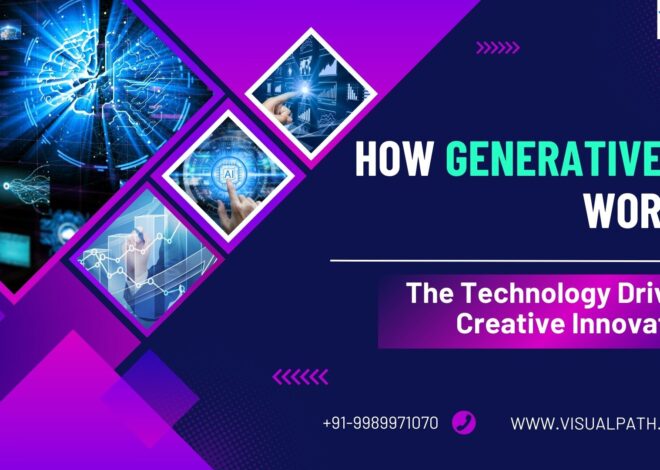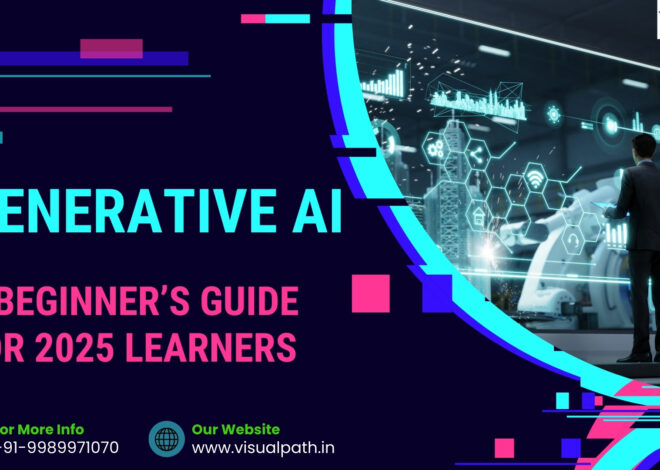
GPT Architecture in Generative AI: A Revolution in Language Understanding
Generative AI– The Generative Pre-trained Transformer (GPT) architecture has become one of the most influential models in generative AI, particularly in the field of Natural Language Processing (NLP). Developed by OpenAI, the GPT series—GPT, GPT-2, GPT-3, and more recently GPT-4—has advanced the way machines understand and generate human-like text. The architecture behind GPT is based on the Transformer model, which has revolutionized the AI landscape due to its ability to handle long-range dependencies and vast amounts of data efficiently. Generative AI (GenAI) Courses Online
1. Understanding Transformer Architecture
At the core of GPT is the Transformer architecture, introduced by Vaswani et al. in 2017. Unlike earlier models like RNNs (Recurrent Neural Networks) or LSTMs (Long Short-Term Memory networks), which processed input data sequentially, Transformers process input data in parallel. This parallelism enables them to handle much larger datasets and capture relationships in the data over long sequences. Generative AI Training
Transformers consist of encoder and decoder components. GPT, however, is designed with only the decoder portion, which focuses on generating output based on input data. The decoder uses self-attention mechanisms to weigh the importance of words in a sentence and understand context, enabling it to predict the next word in a sequence. Gen AI Course in Hyderabad
2. Pre-training and Fine-tuning in GPT
The GPT architecture follows a two-step process: pre-training and fine-tuning.
- Pre-training: During this phase, GPT is trained on massive amounts of text data (like books, websites, and articles) using unsupervised learning. The model learns to predict the next word in a sequence, which enables it to generate coherent and contextually accurate text. The training process utilizes masked self-attention mechanisms, where each word in a sentence is related to every other word, helping the model to learn dependencies in long sequences of text. Generative AI Course Training in Hyderabad
- Fine-tuning: After pre-training, the model undergoes fine-tuning on a smaller, task-specific dataset using supervised learning. Fine-tuning allows GPT to specialize in particular tasks like question-answering, text completion, or sentiment analysis. This step ensures that the model can apply its general language knowledge to specific applications.
3. Generative Capabilities of GPT
The GPT architecture’s primary strength is its ability to generate human-like text. Unlike traditional models that might struggle to maintain coherence over long passages, GPT can produce contextually relevant and fluent paragraphs of text. For instance, GPT can take a prompt, such as a sentence or question, and generate responses that sound natural and informed. Gen AI Training in Hyderabad
GPT is particularly powerful in applications like:
- Text completion: Continuing a sentence or paragraph based on an initial prompt.
- Chatbots and conversational AI: Engaging in realistic dialogue with users.
- Summarization: Condensing long articles or documents into shorter summaries. GenAI Training
- Creative writing: Assisting in generating stories, poems, or other forms of creative content.
4. Challenges in GPT Architecture
While the GPT architecture is a significant leap in generative AI, it is not without limitations:
- Bias and Ethics: Since GPT learns from vast datasets sourced from the internet, it can inherit biases present in the data. This may lead to the generation of harmful or inappropriate content, raising concerns around fairness and ethics.
- Data and Computation Costs: Training models like GPT require enormous amounts of data and computational resources. This makes it resource-intensive, limiting its accessibility to organizations with significant computational infrastructure. Generative AI Online Training
- Control over Output: GPT sometimes generates content that is factually incorrect or lacks relevance to the prompt, making it challenging to use in high-stakes environments like healthcare or legal domains.
Conclusion
The GPT architecture represents a major advancement in generative AI, offering powerful tools for language understanding and generation. Its transformer-based structure, pre-training, and fine-tuning processes enable it to handle complex language tasks with remarkable fluency. However, addressing challenges such as bias, ethical considerations, and resource consumption is critical to ensuring that GPT and similar models are used responsibly and effectively. As research in generative AI continues to evolve, GPT will remain a foundational model in the AI landscape, driving innovation in natural language understanding.Bottom of Form
Visualpath is the Leading and Best Software Online Training Institute in Hyderabad. Avail complete Gen AI Online Training Institute Worldwide. You will get the best course at an affordable cost.
Attend Free Demo
Call on – +91-9989971070
WhatsApp: https://www.whatsapp.com/catalog/919989971070
Visit https://visualpath.in/generative-ai-course-online-training.html



